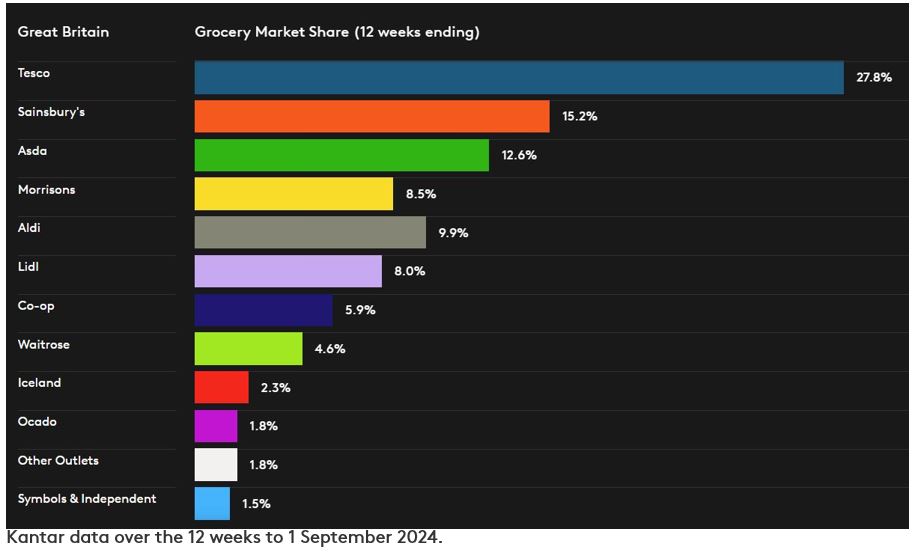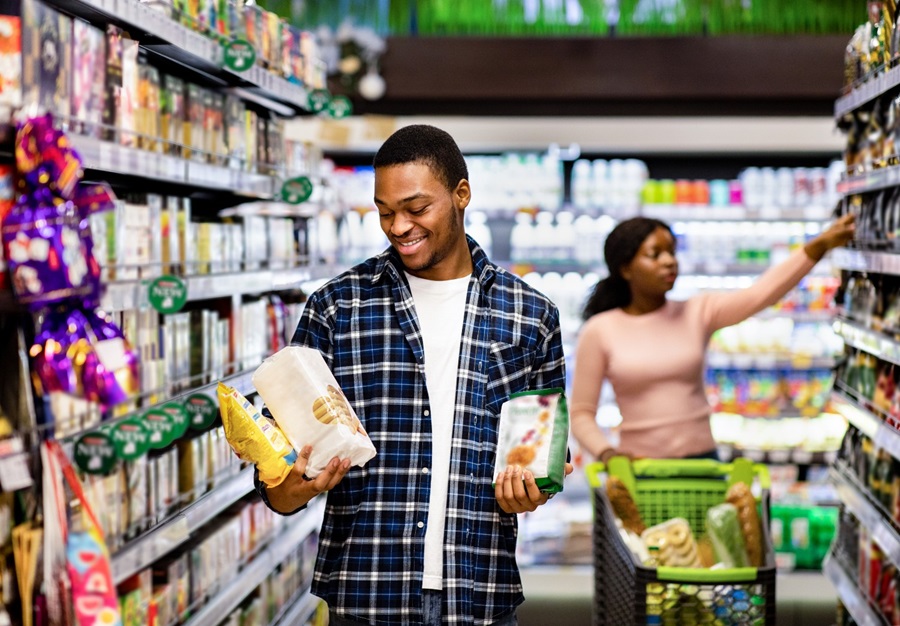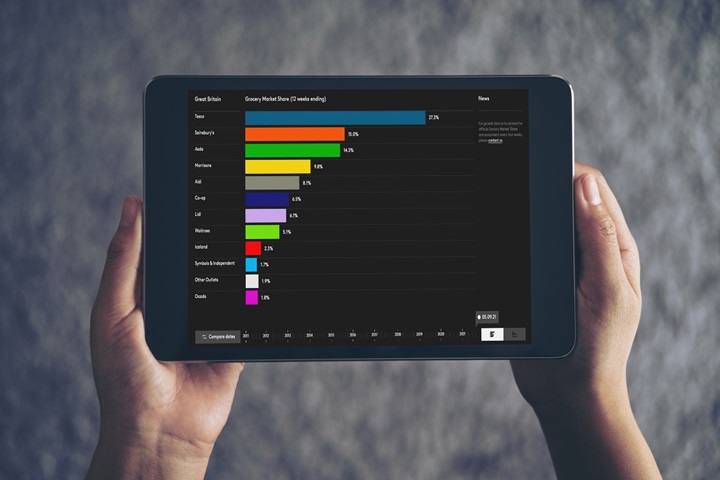Take-home sales at the grocers rose by 3.0% over the four weeks to 1 September compared with one year ago, according to our latest data. With popular conversation dominated by Oasis’ surprise reunion tour, Kantar has been taking the opportunity to look back (but not in anger) at how Britons’ diets have changed over the 15 years since the band last toured together.
An Oasis ticket wasn’t the only thing the country was queuing up for this month – several British staples have become even more popular today than they were 15 years ago. We’re buying more oven chips now than the same four week period back in 2009, with a supersonic sales lift of 44% by volume, while take-home beer and lager sales have nudged up by 12%. Gravy sales have dipped slightly though, with the proportion of people buying gravy over the month dropping by 8% in comparison to the same month in 2009.
Households across Great Britain joined the Gallagher brothers in making a return of sorts, as many prepared to settle back at their work desks and into classrooms this month. The demand has picked up once again for lunchbox favourites as summer draws to a close and parents stock up ahead of the new school year. Sales of fromage frais and cereal and fruit bars both lifted by 14%, and chocolate biscuit bars by 12% over the last week of the month.
Inflation falls but shoppers still feeling the pressure
Looking further ahead, retailers and brands will be waiting to see how the Chancellor’s Autumn Budget could impact household incomings and outgoings. Despite grocery price inflation easing back to 1.7% over the last four weeks, shoppers' financial confidence hasn’t risen with it*. Memories of the last two years remain strong, with nearly 60% of shoppers still very or extremely concerned about rising grocery prices. This is their second biggest financial worry, only behind home energy bills. Retailers have been doing their bit to help shoppers keep the cost of the weekly shop down, and the proportion of sales on promotion increased year-on-year for the sixteenth month in a row in August. More than half of all grocery trips include some kind of deal, and this proportion rises as the trolley gets bigger.
Once again Ocado and Lidl lead the retailer pack
Ocado was the fastest growing grocer for the seventh month in a row, delivering its quickest rate of growth since May 2021 with sales up by 12.9%. This put it ahead of the total online market, which expanded by 4.4%. The online-only retailer’s market share increased by 0.2 percentage points, to 1.8%.
Lidl’s sales were 9.1% higher than a year ago, with footfall in August boosted through digital vouchers for bakery items. It now accounts for 8.0% of the grocery market, having won share every month since April 2021. Spending through fellow discounter Aldi’s tills also rose by 1.3%.
Britain’s largest retailer Tesco now takes 27.8% of sales, an increase of 0.6 percentage points since last year and its highest stake since January 2022. Sainsbury’s market share nudged up to 15.2%, while sales there increased by 5.7%. Asda’s share is 12.6%, and Morrison’s has 8.5% of the market.
Sales at Waitrose increased by 4.0%, ahead of the wider market, while its share of spending stands at 4.6%. Frozen-food specialist Iceland grew by 4.4%, keeping its market share level at 2.3%. Convenience retailer Co-Op now takes 5.9% of sales.
Kantar’s PanelVoice Pressure Groups Survey, August 2024, 9,983 panellists interviewed*



